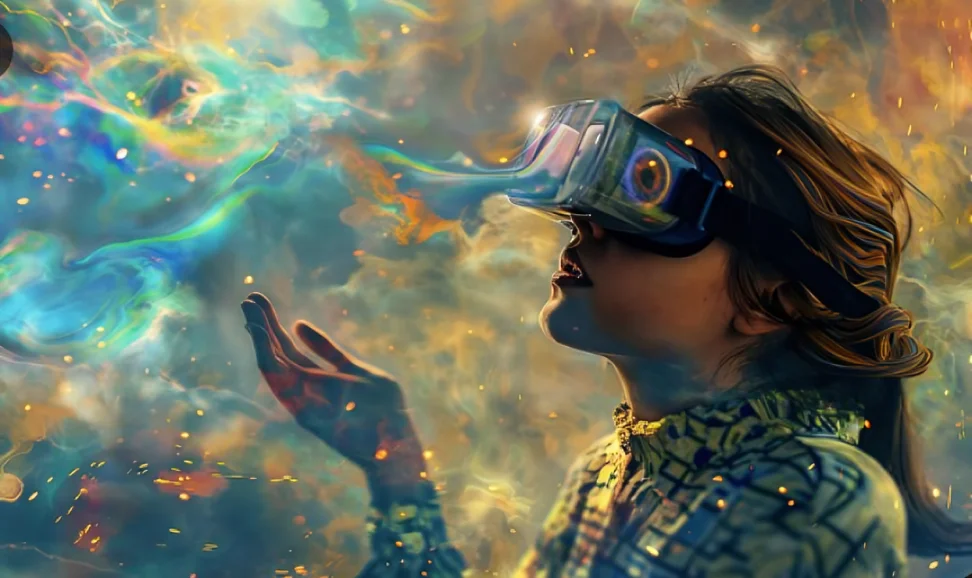Have you ever imagined a glowing castle floating in the clouds, guarded by dragons, and wondered what it would look like? With a fantasy AI generator, you can turn that dream into a detailed image in just minutes.
These tools are a breakthrough in 2025, making fantasy art creation easy, fast, and accessible to anyone , whether you’re an artist, a writer, a game designer, or just someone who loves creative visuals.
In this guide, we’ll explore how these tools work, which ones are best, how to write prompts, and even how to monetize your creations. By the end, you’ll know exactly how to turn your imagination into stunning AI-generated art.
How a Fantasy AI Generator Works
A fantasy AI generator uses artificial intelligence and machine learning to create images based on your text description.
Here’s how it works:
- You write a prompt – For example, “A silver dragon flying over a snowy mountain at sunset.”
- AI interprets your words – It breaks down the description into shapes, colors, and styles.
- Image is generated – In seconds, you get a high-quality fantasy image.
Behind the scenes, these generators rely on huge datasets of art styles and elements, allowing them to mix and match to create something unique.
Tip: The more descriptive you are in your prompt, the closer the AI gets to your vision.
Benefits of AI-Powered Fantasy Art Creation
Why are fantasy AI generators so popular in 2025? Here are the main reasons:
- No art skills needed – Anyone can make professional-level images.
- Saves time – Get results in minutes instead of days or weeks.
- Boosts creativity – Visuals inspire stories, games, or designs.
- Affordable – Many platforms offer free versions or cheap plans.
- Customizable – Change details like lighting, mood, and style.
Imagine needing a magical forest scene for your novel cover. Instead of hiring an artist and waiting weeks, you could create several options yourself in under an hour.
Choosing the Best Magical Image Maker
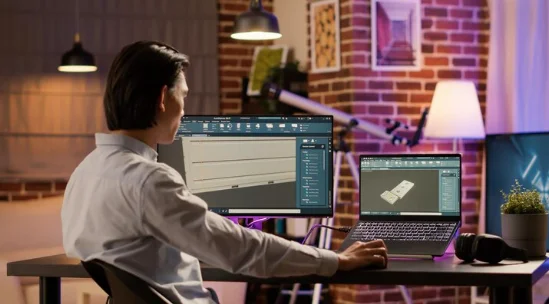
Not all generators are the same. Some focus on realism, while others offer more stylized or cartoon-like outputs. Here’s what to look for:
- Style variety – Does it support fantasy, sci-fi, cyberpunk, or steampunk?
- Ease of use – Can beginners quickly learn the interface?
- Image quality – Does it offer HD or even 4K resolution?
- Speed – Are results instant or do they take several minutes?
- Price – Is there a free trial or affordable subscription?
Tip: If you’re just starting, test multiple free tools to find your favorite before committing to a paid plan.
Best Fantasy AI Generators in 2025
Here are the top picks for 2025:
- MidJourney: Produces incredibly detailed and realistic fantasy worlds.
- DALL·E 3: Easy to use, perfect for quick creative ideas.
- NightCafe: Beginner-friendly with various artistic styles.
- Leonardo AI: Excellent for creating game-ready assets.
- Artbreeder: Best for customizing characters and creatures.
Each of these tools has strengths. For example, MidJourney excels in detail, while NightCafe offers flexibility for new users.
Crafting Effective Prompts for a Fantasy AI Generator
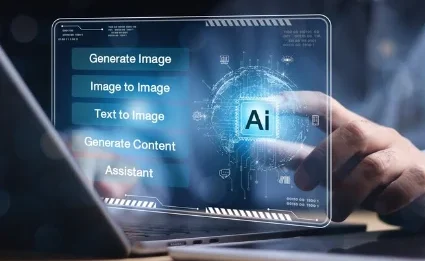
Think of your prompt as instructions to a skilled artist; the clearer you are, the better the results.
Weak prompt example:
“A castle”
(This is too vague; AI will create something generic.)
Strong prompt example:
“A medieval castle made of crystal, surrounded by a glowing forest under a full moon, painted in dark fantasy style.”
Prompt writing tips:
- State the main subject clearly.
- Add colors, lighting, and mood.
- Mention the art style you want (watercolor, 3D render, oil painting).
- Use adjectives like “mystical,” “ethereal,” “ancient,” and “vibrant.”
Bringing Stories to Life with AI Fantasy Art
Writers often struggle to turn the rich images in their minds into words on a page. This is where a fantasy AI generator becomes a powerful ally. Instead of relying solely on imagination, you can create a visual reference in minutes, helping your descriptions become more vivid, accurate, and emotionally engaging.
Imagine you’re working on a novel with an enchanted forest. By generating an image first, you can:
Describe scenes more accurately – You’ll see exactly how the light filters through the trees, how the moss covers the stones, or how mist curls between roots.
Maintain visual consistency – Once you’ve decided what a location or character looks like, you can keep that style consistent across the entire story.
Enhance reader immersion – Visuals help you remember specific details, making it easier to weave them into your writing naturally.
Support your marketing efforts – AI-generated art makes for eye-catching book covers, social media posts, and promotional teasers.
Some authors go further, using AI-generated illustrations as chapter headers, world-building guides, or even visual mood boards to inspire themselves while writing. For fantasy epics, these images can also be shared with beta readers, giving them a stronger connection to the world you’re creating.
Designing Game Assets with a Fantasy AI Generator
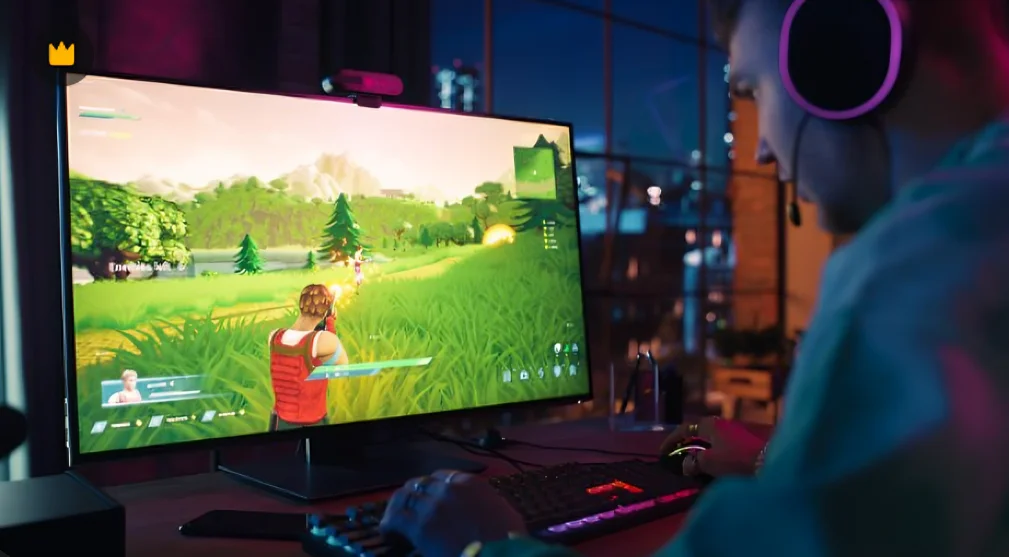
Game developers are among the biggest fans of fantasy AI generators because they cut down on production time, cost, and creative bottlenecks. Instead of spending weeks sketching and revising, you can quickly experiment with dozens of ideas before choosing the best one.
With a fantasy AI generator, developers can:
Prototype characters, maps, and magical environments quickly – Perfect for early-stage concept art or pitch presentations.
Generate multiple variations of the same idea – Test different climates, moods, and styles before settling on a final design.
Explore unique art styles – Try painterly illustrations, pixel art, or hyper-realistic renders without hiring multiple artists.
Adapt assets for different platforms – Create versions optimized for mobile games, desktop environments, or VR worlds.
Example: An RPG team could design three versions of the same fantasy city — one snowy, one desert-like, and one floating in the clouds — and then choose the most engaging for the game’s theme. This speeds up creative decision-making and gives the team more freedom to take risks.
Many studios also integrate AI-generated concepts directly into level design documents, making it easier for programmers, artists, and writers to stay on the same page during development.
Customizing Fantasy AI Generator Results
Just because the AI created the image doesn’t mean it has to stay that way. In fact, the best results often come from combining AI speed with human artistry. Most modern fantasy AI generators give you the ability to tweak and refine the output until it perfectly matches your vision.
You can:
Adjust colors, brightness, and lighting – Match the atmosphere to your story or game’s tone.
Add or remove objects – Insert hidden details for lore purposes or clean up distractions.
Apply artistic filters – Transform the style into watercolor, oil painting, cyberpunk, cel-shaded, or even vintage storybook.
Crop or resize – Format the image for posters, character sheets, book covers, or social media banners.
Layer AI art with traditional design tools – Bring the image into Photoshop or Procreate for fine-tuning.
Even small edits like changing a dragon’s eye color, adding more fog to a forest, or adjusting the position of a castle can make an AI-generated image feel truly custom-made. This approach ensures that your final artwork doesn’t look like a generic AI output, but a one-of-a-kind creation tailored to your project’s needs.
Common Mistakes to Avoid When Using a Fantasy AI Generator
New users often make the same errors:
- Being too vague – Leads to plain, uninteresting images.
- Overloading the prompt – Too many details confuse the AI.
- Ignoring resolution settings – Low resolution looks bad on print.
- Not experimenting – You won’t find your style without trying different prompts.
Pro tip: Keep prompts clear, concise, and specific, then refine with small changes.
Advanced Techniques with a Fantasy AI Generator
Once you’ve mastered the basics, it’s time to push your creativity further.
Advanced users often combine techniques to create jaw-dropping results.
Pro methods include:
- Reference images – Upload a photo to guide the AI’s style and structure.
- Multiple prompts – Merge two descriptions for complex scenes.
- Negative prompts – Tell the AI what not to include (e.g., “no humans”).
- Layered creation – Generate different elements separately, then combine in editing software.
Example: Upload a mountain photo, then instruct the AI to add a crystal castle on top with two golden dragons circling it.
Collaborating with Other Creators
Fantasy AI generators aren’t just solo tools; they’re collaboration boosters.
- Artists can refine AI images into detailed hand-drawn masterpieces.
- Writers can visualize and share settings with illustrators for consistency.
- Game designers can quickly brainstorm environments with concept artists.
Collaboration idea: Keep a shared online folder of AI-generated concept art where your whole team can select, edit, and expand ideas. This speeds up workflows and ensures everyone’s vision stays aligned.
Ethical Use of a Fantasy AI Generator
With great technology comes great responsibility.
Some guidelines:
- Respect originality – Avoid copying exact styles of living artists.
- Get permissions – If using real people’s likenesses, ask for consent.
- Be transparent – Let your audience know when art is AI-generated.
Treat AI as a creative partner, not a replacement for human skill.
Monetizing Your Fantasy AI Generator Creations
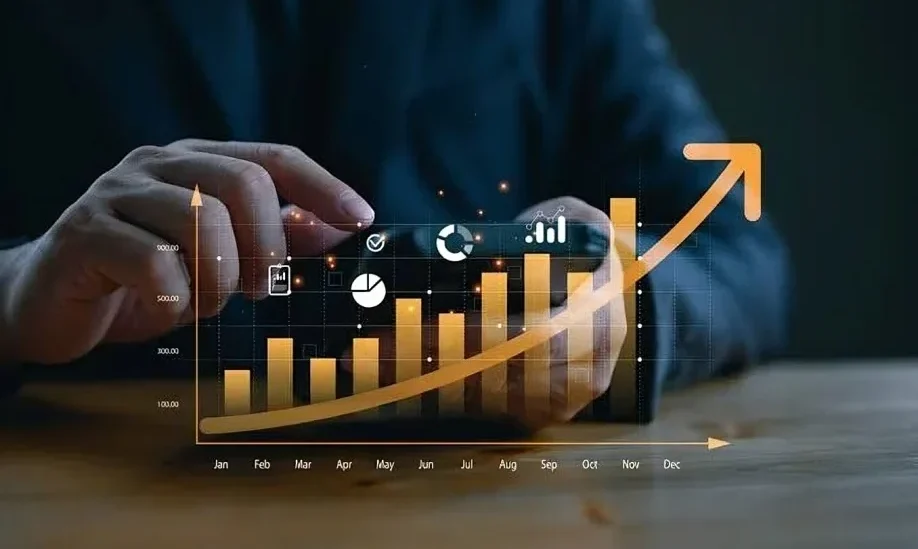
Your fantasy AI artwork can be a source of income if used wisely.
Ways to earn:
- Sell prints or digital downloads on Etsy, ArtStation, or Redbubble.
- Offer custom fantasy art services to authors, game devs, or YouTubers.
- License your images for book covers, trading cards, or merchandise.
Tip: Always check the commercial-use terms of the AI platform you’re using.
The Future of Fantasy AI Generators
The next few years will bring huge improvements:
- More realistic textures and fine details.
- Smarter prompt understanding for better accuracy.
- Faster rendering so you get results instantly.
It’s not far-fetched to think we could soon generate animated fantasy scenes from a single sentence.
Conclusion
A fantasy AI generator gives anyone, from casual hobbyists to professional creators, the power to bring vivid worlds to life in minutes. Whether you’re imagining a dragon-guarded fortress, a city in the clouds, or an enchanted forest, these tools turn your words into stunning visuals without requiring artistic skills.
In 2025, as AI technology becomes faster, smarter, and more realistic, the possibilities will only grow. For writers, game developers, and artists, a fantasy AI generator isn’t just a tool; it’s a creative partner. The only limit is your imagination.
FAQs
- Can I sell images made with a fantasy AI generator?
Yes, but check the licensing terms of the specific tool to confirm commercial-use permissions. - Do I need to know how to draw to use a fantasy AI generator?
No. The tool works entirely from text prompts, so anyone can create high-quality art. - How do I make my AI fantasy images unique?
Use detailed prompts, add personal edits, and combine AI results with hand-drawn elements. - Which is the best fantasy AI generator in 2025?
Top options include MidJourney, DALL·E 3, and NightCafe, each excelling in different styles. - Is a fantasy AI generator suitable for game design?
Absolutely. Many game developers use it to create characters, environments, and assets quickly.

